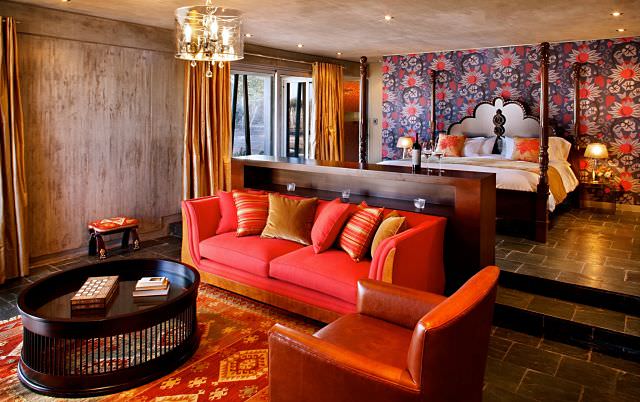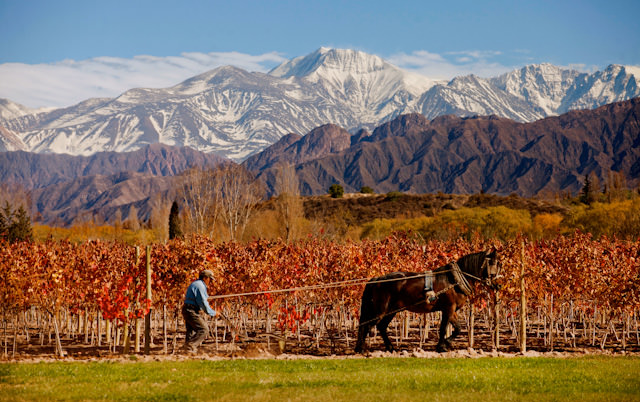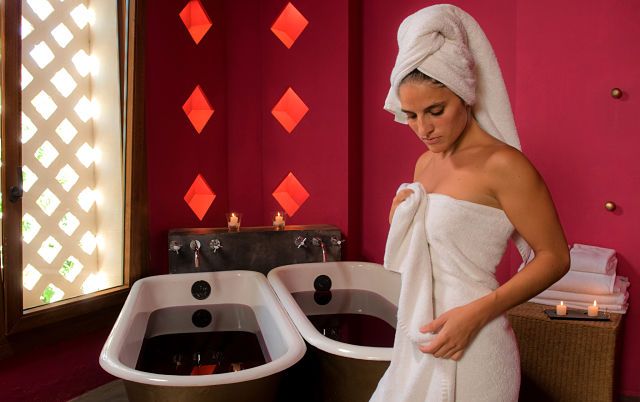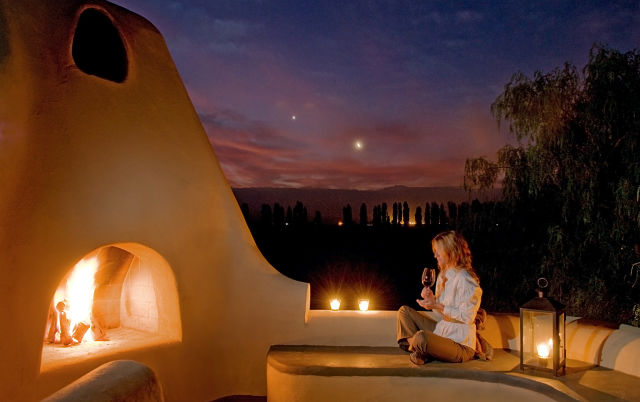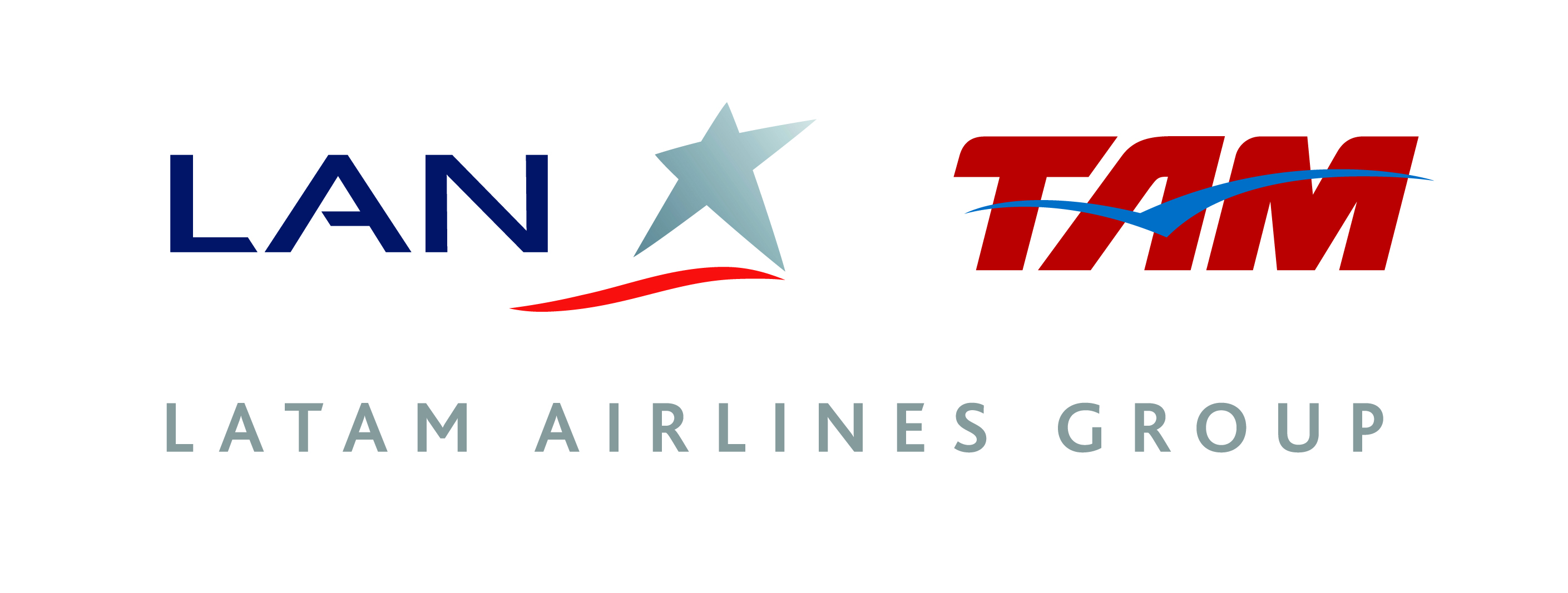Mendoza - the perfect marriage of luxury and wine
Our dear friends at winemag.com recently ranked Mendoza 5th in their Top Wine Destinations. Though clearly it should have ranked first(!), this is a great article on some of the region's basics, and they also included some of our favoured accommodations. Enjoy.
Mendoza, Argentina
From the minute you set foot in Mendoza, the Andes burn an indelible mark in your memory bank. Peaks like El Plata and Tupungato, both over 20,000 feet in elevation, sit sentinel over tens of thousands of vineyard acres, creating a postcard visual. Yet, Mendoza is more than just mountains and Malbec. Over the past 15 years, this desert wine region, located some 700 miles west of Buenos Aires, has evolved into a top destination for wine tourism. New hotels, architecturally impressive wineries and greatly improved gastronomy—no longer limited to the asado, Argentina’s famous grilled-meat feast—are today’s attractions. —Michael Schachner
Where to Dine
Mun @ Casarena is a new winery-based Pan-Asian restaurant in Vistalba run by the Korean-American sushi chef Mun Kim, who also offers make-it-then-eat-it cooking classes. Pan y Oliva at the Familia Zuccardi winery in Maipú infuses house-made olive oil into almost every dish on its Tuscany-meets-California menu. In Mendoza city, Siete Cocinas is chef Pablo del Rio’s forum for refined cuisine from Argentina’s primary food regions, while Maria Antonieta, three blocks from the city’s main plaza, is a bistro with sidewalk tables and good breakfasts.
Cavas Wine lodge
Where to Stay
Cavas Wine Lodge is a beautifully designed Relais and Chateaux property in the Agrelo wine district. Private casitas offer west-facing views of the Andes. Entre Cielos in Vistalba seamlessly blends into Mendoza’s desert topography. Its funky Flores Blancas “room,” which stands above the vineyard, is more like a spaceship on stilts, while its Hamam Turkish-style spa should not be missed. For more conventional hotels in Mendoza city, the Park Hyatt and Sheraton are well-run, full-service operations.
When to Go
Avoid Mendoza’s broiling summers and cold winters by visiting in the spring (September-December) or fall (March-April), when the vines and ubiquitous alamos (poplars) change colors.
Where to Taste
Atamisque is a French-owned winery situated near the town of Tupungato whose claim to fame is its trout farm, along with a restaurant that cooks the fish to perfection. Bodegas Salentein is Mendoza’s signature winery in terms of architecture and landscaping. Its visitors’ center is home to the Killka art gallery, a tasting lounge and restaurant. Pulenta Estate in the Alto Agrelo district offers visitors a chance to play a fun and educational sensory game: put on a blindfold and try to identify 15 natural aromas commonly found in wine. Bodega Norton in Perdriel provides several tasting opportunities; one of the best is the Empanadas y Vinos tour that includes several wines served alongside a trio of clay-oven-baked empanadas. Vines of Mendoza operates a tasting room and “blending lab” in the heart of Mendoza city. You can taste wines in flights or try to blend like a winemaker (reservations required).
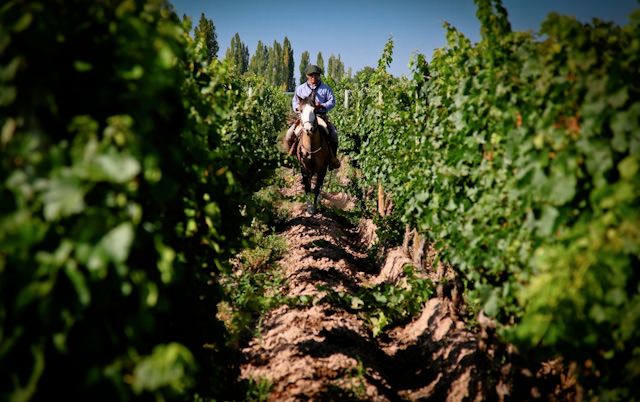 Exploring the vineyards of Mendoza
Exploring the vineyards of Mendoza
Prominent Varietals
Malbec is the grape the runs Mendoza’s wine engine, the region that fuels Argentina’s ever-growing wine industry. Deep in color, aromas, body and flavors, Malbec and Malbec-led blends pair perfectly with Argentina’s world-class beef, hearty pastas and roasted goat, a local specialty. Wineries also work with varietals such as Cabernet Sauvignon, Bonarda, Syrah, Tempranillo, Pinot Noir and Merlot. Among white grapes, you will find Chardonnay and Sauvignon Blanc, the occasional Semillón or Pinot Grigio, and Torrontés, an aromatic grape more frequently associated with the country’s northern Salta region.
